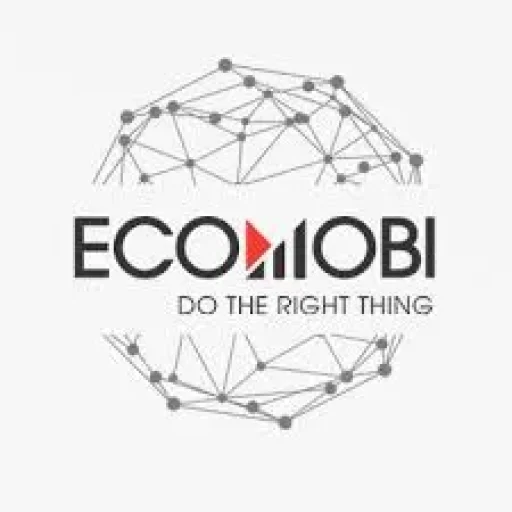From: Finance (But Really, From All of Us)
To: Every company trying to Get It Right, Even When It’s Hard
Every company has them—teams who see the world in very different ways. Sales requires speed, Legal requires caution. Product requires perfection, Ops requires scalability. And naturally, Finance requires… receipts.
We chuckle, but the truth is: these contradictions aren’t flaws. They’re traits. When managed well, tension among teams can give rise to sharper ideas, stronger systems, and better decisions. The challenge comes when “productive tension” turns into “why are we even on the same payroll?”
So how do we turn contradictions into collaboration?
Step One: Get Off the Island
When things break down, it’s easy to get pulled into “us vs. them.” But unless your job is rowing solo out to the Pacific, no one here is meant to get anything done alone.
The best bridges aren’t built by insistence on being right—by the ability to meet in the middle. That takes patience, trust, and a desire to understand the why of the what.
Finance might request three vendor reviews—three, not because we like extra steps, but because compliance is important. Marketing might change direction at the last minute—change direction, not because they love chaos, but because audiences do move quickly. We’re not adversaries. We’re just filling in different pieces of the same puzzle.
Step Two: Reflect Before React
Here’s something we don’t say nearly enough at work: Perhaps the problem isn’t “them.” Perhaps it’s me.
Self-reflection is not blame or guilt—it’s learning. Ask yourself:
- Did I listen, or did I wait for my turn to talk?
- Did I explain my perspective, or did I assume they would already know?
- Am I defending process, or is it a defense of ego?
The moment we look inside, things shift outside. The mood changes. The energy becomes colder. Solutions emerge.
Step Three: Don’t Wait to Be Told to Improve
Great teams are not created by people who get things done. They are created by people who do more than that—over and over.
for example :
Asking for feedback (and actually following up on it).
Taking responsibility for mistakes (not making excuses for them).
Offering help (even when it’s not in your area of expertise).
The people who benefit most are those who take personal improvement and responsibility seriously.
And no, that doesn’t mean being perfect. That means making progress.
The True Objective: Positive Impact, Not Just Output
In the end, it’s not who won the argument or whose gauge was more beautiful in Q2. It’s whether the company moved forward because of our work—not in spite of it.
Most respected people in any company usually are those who:
- Challenge without ego,
- Work with others without seeking credit,
- Improve things without being told to.
They’re the humble bridge-makers. The unsung glue. The ones everybody counts on, because they show up with solutions, not issues.
Final Thoughts: Let’s Be That Team
Let’s be that team that shows the world what maturity looks like.
Let’s be the ones who don’t shy away from contradiction—but lean into it, because we know that innovation is normally cowering somewhere in between “how we’ve always done it” and “what’s possible if we do something new.”
Let’s be the ones who look back, learn, and transform—not because leadership instructed us to do so, but because that’s who we are.
Because in a world of silos, being a bridge is a superpower.

